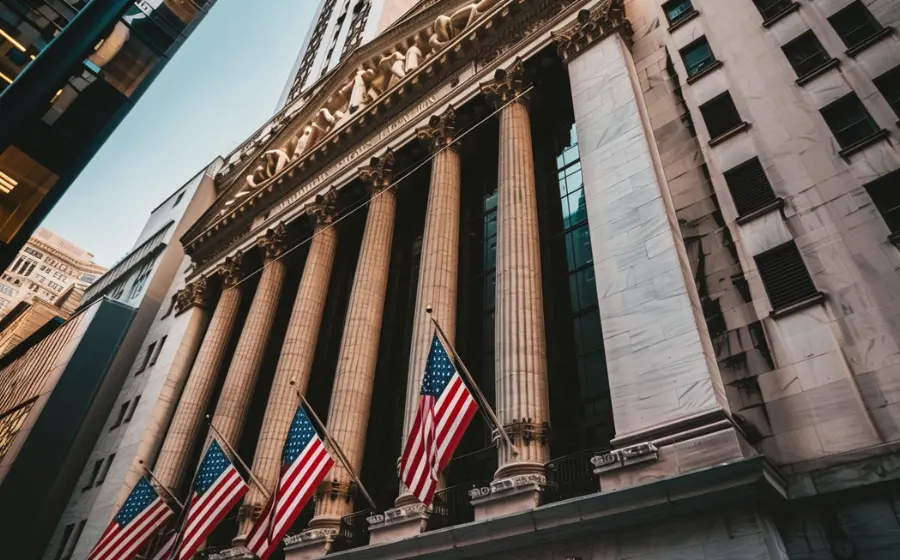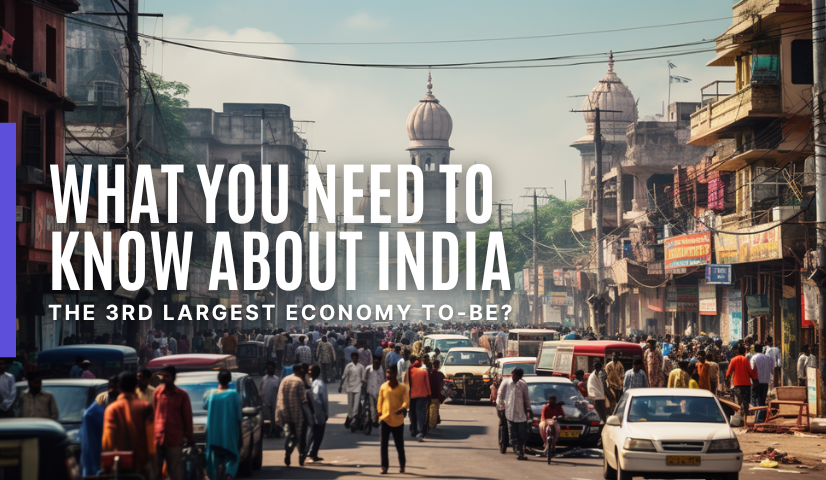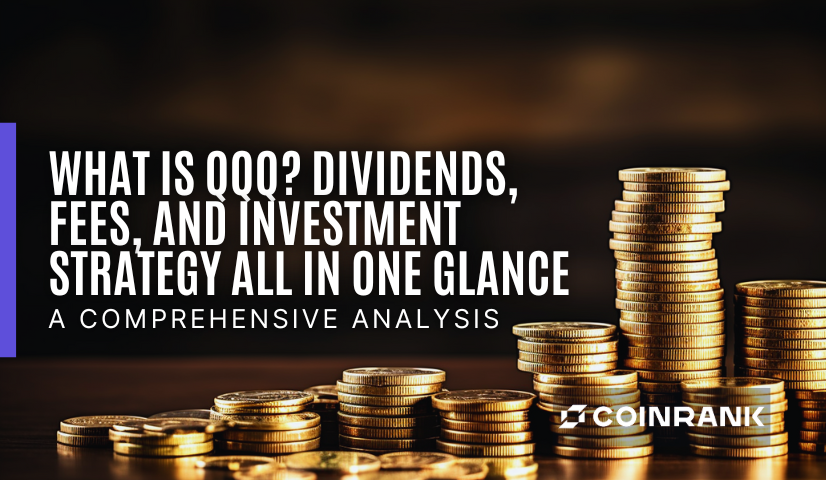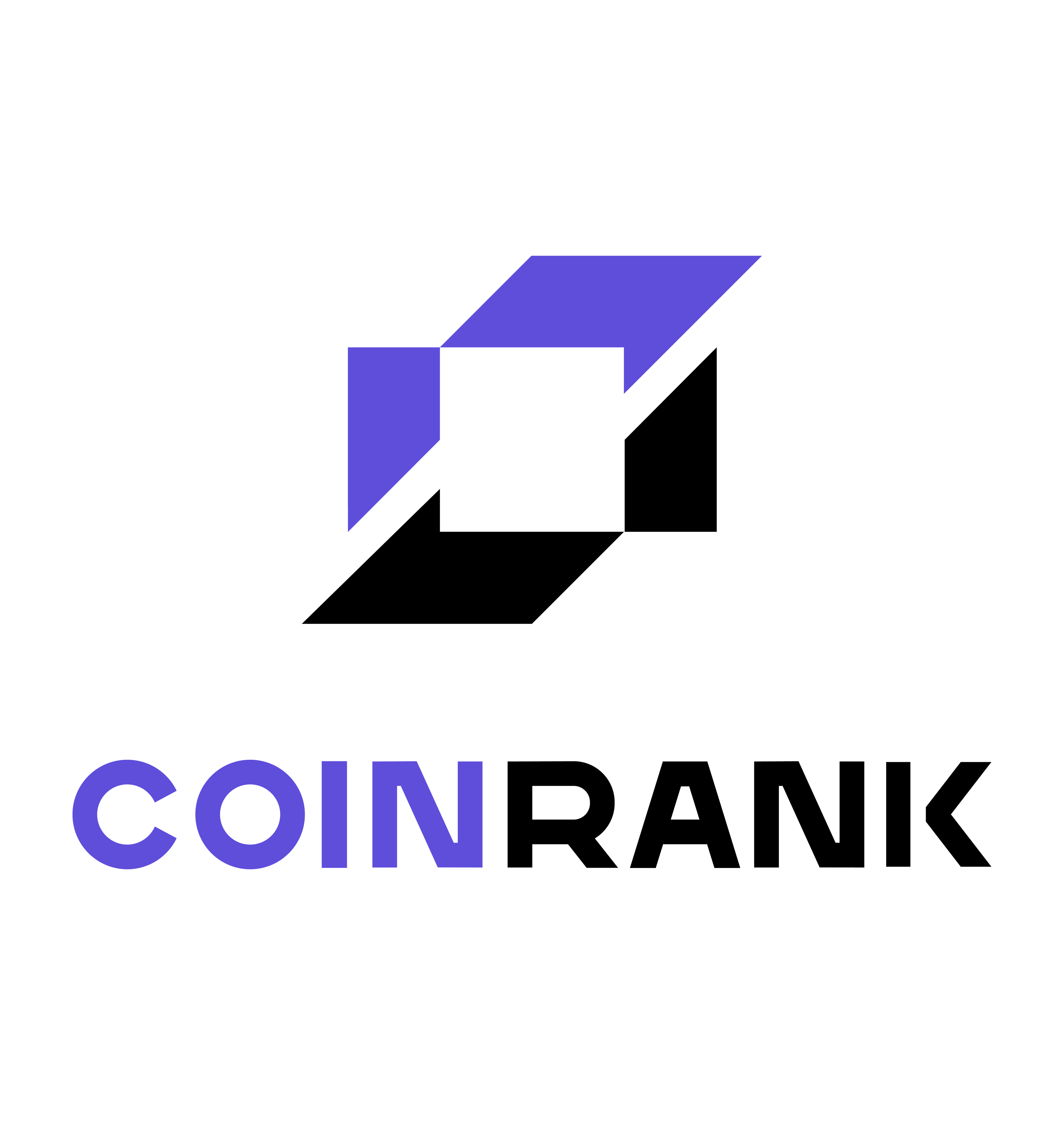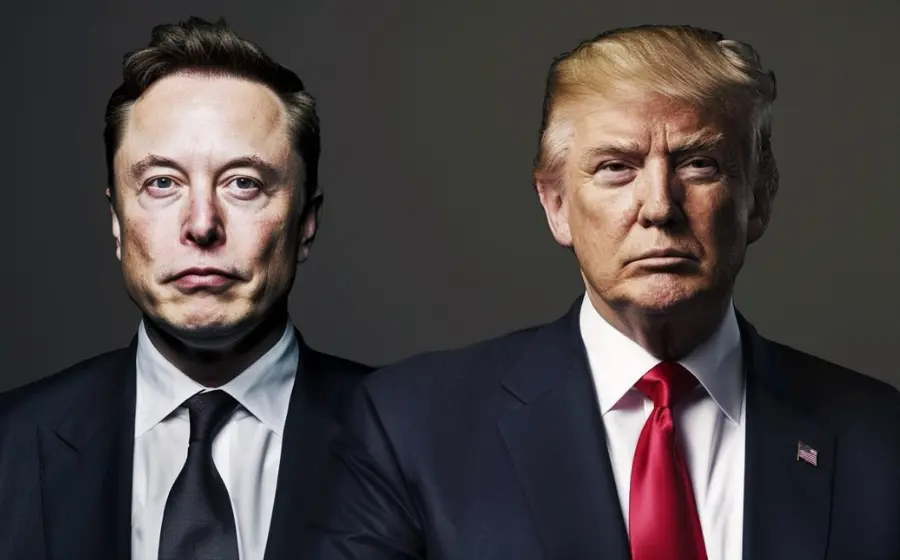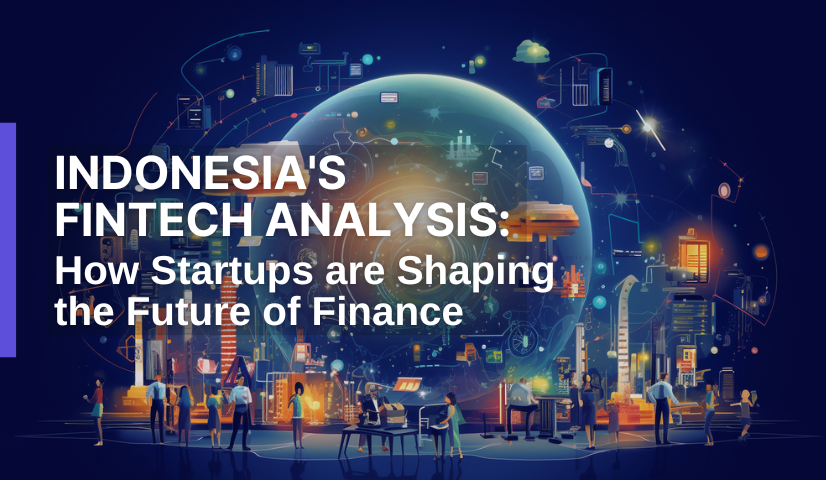
KEYTAKEAWAYS
- Blockchain transforms finance by enabling instant, low-cost payments and 24/7 global asset trading without relying on banks or traditional intermediaries.
- Xiao Feng sees blockchain as the key infrastructure driving the fourth industrial revolution, reshaping money creation, transactions, and cross-border financial collaboration.
- From stablecoins to tokenized assets, blockchain introduces open, transparent, and inclusive systems that could redefine how value is stored, moved, and shared globally.

- KEY TAKEAWAYS
- FINANCIAL INFRASTRUCTURE: THE FOUNDATION OF THE ECONOMY
- THE THREE SHIFTS OF BLOCKCHAIN
- GLOBAL LIQUIDITY: BREAKING DOWN ASSET BARRIERS
- STREAMLINING TRANSACTIONS: ELIMINATING INTERMEDIARIES
- DEMOCRATIZING CURRENCY CREATION
- PAYMENT REVOLUTION: INSTANT AND COST-EFFECTIVE
- ASSET TRADING: ALWAYS OPEN MARKETS
- POWERING THE FOURTH INDUSTRIAL REVOLUTION
- WEALTH DISTRIBUTION IN THE AI ERA
- GLOBAL COLLABORATION THROUGH TRANSPARENCY
- CONCLUSION: A TRANSFORMATIVE VISION FOR FINANCE
- DISCLAIMER
- WRITER’S INTRO
CONTENT
Imagine transferring money to a friend instantly, with no bank involved and no transaction fee. Or trading investments 24/7 across borders without barriers. These scenarios aren’t just futuristic visions—according to Xiao Feng, Chairman and CEO of HashKey Group, they’re already becoming reality.
At the Hong Kong Web3 Festival on April 6, 2025, Xiao delivered a keynote titled “Public Blockchain: The Next Generation of Financial Infrastructure,” where he outlined how blockchain technology is poised to revolutionize our financial systems.
FINANCIAL INFRASTRUCTURE: THE FOUNDATION OF THE ECONOMY
To understand blockchain’s transformative potential, we must first recognize what it aims to change. Xiao compared financial infrastructure to the foundation of an economic building, dividing it into two essential components:
The first is financial system infrastructure—encompassing laws, accounting standards, regulatory policies, and payment systems. These are the macro-level frameworks ensuring safety and fairness in financial activities.
The second is financial market infrastructure—involving the specific mechanisms of trading, clearing, and settlement. This technical layer ensures the smooth flow of money and assets throughout markets.
Historically, this financial foundation has been controlled by traditional institutions like banks and stock exchanges. Now, Xiao suggests, blockchain technology arrives with a disruptive blueprint ready to redesign the entire system.
THE THREE SHIFTS OF BLOCKCHAIN
Xiao explained that blockchain transforms finance in three fundamental ways:
First, our method of recording transactions has evolved. Traditional finance uses “double-entry accounting,” where transactions are recorded separately in two corresponding ledgers. Blockchain, however, employs “distributed ledgers”—a single, shared record that is public, transparent, and immutable.
Second, the nature of accounts has changed. Instead of traditional bank accounts, people now use digital wallets that directly hold crypto assets such as Bitcoin and Ethereum.
Third, the currency units themselves have transformed. Traditional finance relies on fiat currencies like the US dollar or Chinese yuan. In blockchain ecosystems, the units are cryptocurrencies or stablecoins like USDT, which digitally represent fiat currencies.
In essence, finance is shifting from a centralized, closed system controlled by institutions to a global, open network shared by all participants.
GLOBAL LIQUIDITY: BREAKING DOWN ASSET BARRIERS
One of blockchain’s most significant advantages is allowing assets to move freely across borders. Xiao highlighted Real World Assets (RWA)—such as property, bonds, or commodities—being converted into digital tokens on blockchain networks.
Once registered on a blockchain, these tokenized assets can potentially be traded globally, creating what Xiao described as an “asset passport.” This means an asset tokenized in the United States could, in principle, be traded in Hong Kong or Tokyo, dramatically increasing global liquidity.
However, Xiao acknowledged the regulatory challenges that remain. Different jurisdictions have varying rules governing asset recognition and trading. While blockchain solves the technical aspect of asset mobility, the regulatory framework still needs development to fully realize this potential.
STREAMLINING TRANSACTIONS: ELIMINATING INTERMEDIARIES
In traditional payment systems, transactions typically involve three separate steps: payment (when you swipe your card), settlement (when banks process the transaction), and clearing (when money is finally delivered). This process requires multiple intermediaries, takes time, and incurs costs.
Blockchain technology integrates these steps into a single process. Buyers and sellers interact directly, with assets and money exchanged almost instantly through smart contracts, significantly reducing or eliminating the need for intermediaries.
Xiao drew an effective analogy: traditional finance resembles sending a package through multiple transfer stations, while blockchain enables direct delivery from sender to recipient. This efficiency improvement reduces both time and costs, potentially making many traditional financial intermediaries obsolete.
DEMOCRATIZING CURRENCY CREATION
Perhaps most revolutionary is how blockchain could transform money creation itself. Currently, only central banks and licensed financial institutions can expand the money supply through deposits and loans (the economic concept known as M2 money creation).
Xiao pointed to stablecoins like USDT as an example of how blockchain is changing this paradigm. If stablecoins aren’t classified as securities, their issuers wouldn’t necessarily need banking licenses. This potentially allows non-financial companies to participate in creating currency-like instruments.
This development could fundamentally alter monetary systems by lowering barriers to entry and diversifying the participants in currency creation. However, this raises important questions about regulation, stability, and monetary policy that societies will need to address.
PAYMENT REVOLUTION: INSTANT AND COST-EFFECTIVE
Future payment systems built on blockchain could enable money transfers that arrive in seconds with minimal or no fees. Stablecoins and central bank digital currencies (CBDCs) are at the forefront of this transformation, facilitating real-time, low-cost, peer-to-peer payments.
Xiao highlighted that the United States is advancing legislation on dollar-based stablecoins, aiming to maintain the dollar’s global dominance in the digital economy. This represents an evolution from the “gold-backed dollar” to the “petrodollar,” and potentially to the “tokenized dollar”—all strategies to preserve national economic influence in a changing financial landscape.
ASSET TRADING: ALWAYS OPEN MARKETS
Traditional financial markets operate on limited schedules—typically open for only a few hours each business day. In contrast, blockchain-based digital assets can be traded continuously, 24 hours a day, seven days a week.
Xiao categorized digital assets into five distinct types:
- Stablecoins used primarily for payments
- Bitcoin, generally viewed as a digital store of value
- Ethereum, which provides smart contract functionality
- Tokenized Real World Assets (RWAs)
- Special-purpose tokens with unique utilities
These digital assets offer significantly more flexibility than traditional financial products. While major stock exchanges like NYSE and NASDAQ are attempting to extend trading hours, they still fall far short of the continuous availability that blockchain platforms provide.
POWERING THE FOURTH INDUSTRIAL REVOLUTION
Placing blockchain in historical context, Xiao observed that each industrial revolution has been driven by a distinct financial mechanism. The first industrial revolution relied heavily on bank loans, the second on stock markets, and the third on venture capital.
Now, as we enter the fourth industrial revolution—characterized by digitalization, artificial intelligence, and other advanced technologies—blockchain and crypto finance may become the key financial engine powering innovation.
Without this new financing mechanism, emerging technologies like AI and the metaverse might struggle to secure adequate funding for continued development.
WEALTH DISTRIBUTION IN THE AI ERA
Xiao raised a provocative question about artificial intelligence: If AI systems create economic value but have no need to consume or spend money themselves, how should that value be distributed?
He suggested that blockchain could facilitate a more equitable distribution through concepts like Universal Basic Income (UBI). As an example, he mentioned Worldcoin, initiated by tech entrepreneur Sam Altman, which aims to share AI-generated value through blockchain-based identity and currency systems.
This approach could potentially create a form of “digital dividend” benefiting humanity broadly.
GLOBAL COLLABORATION THROUGH TRANSPARENCY
Beyond its technical applications, blockchain technology has the potential to transform how businesses collaborate. Its open-source, permissionless nature allows anyone to participate, while its transparent, traceable ledgers help build trust between parties who may have no prior relationship.
This transparency enables companies to disclose information more openly and in real-time, potentially leading to business models that are more collaborative, fair, and trustworthy. However, this will require carefully balancing transparency with appropriate privacy protections.
CONCLUSION: A TRANSFORMATIVE VISION FOR FINANCE
Xiao Feng’s speech presents a compelling vision for the future of finance. Blockchain represents more than just cryptocurrency speculation—it’s a fundamental infrastructure innovation that could make financial transactions faster, more affordable, and more efficient across the globe.
By enabling truly global asset mobility, instant payments, and potentially reshaping how money and wealth are created and distributed, blockchain technology may transform our financial systems as profoundly as the internet transformed communication.
While some of these changes are already underway, others face significant technical and regulatory challenges. The full realization of this vision will require continued innovation, thoughtful regulation, and collaboration between traditional financial institutions and blockchain pioneers. Nevertheless, as adoption accelerates, this future may arrive sooner than many expect.
▶ Buy Crypto at Bitget
CoinRank x Bitget – Sign up & Trade to get $20!

